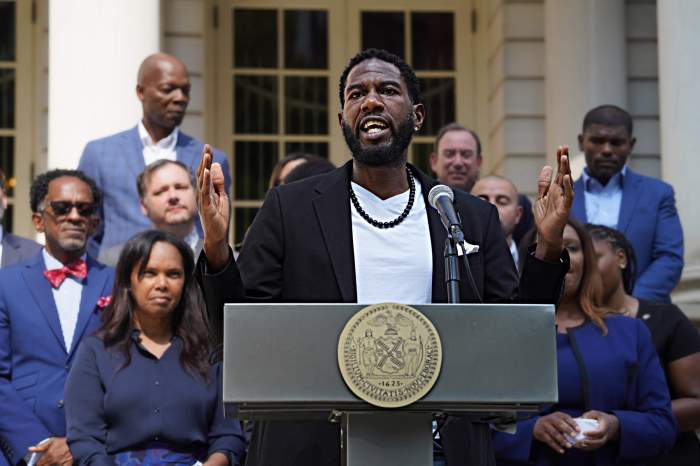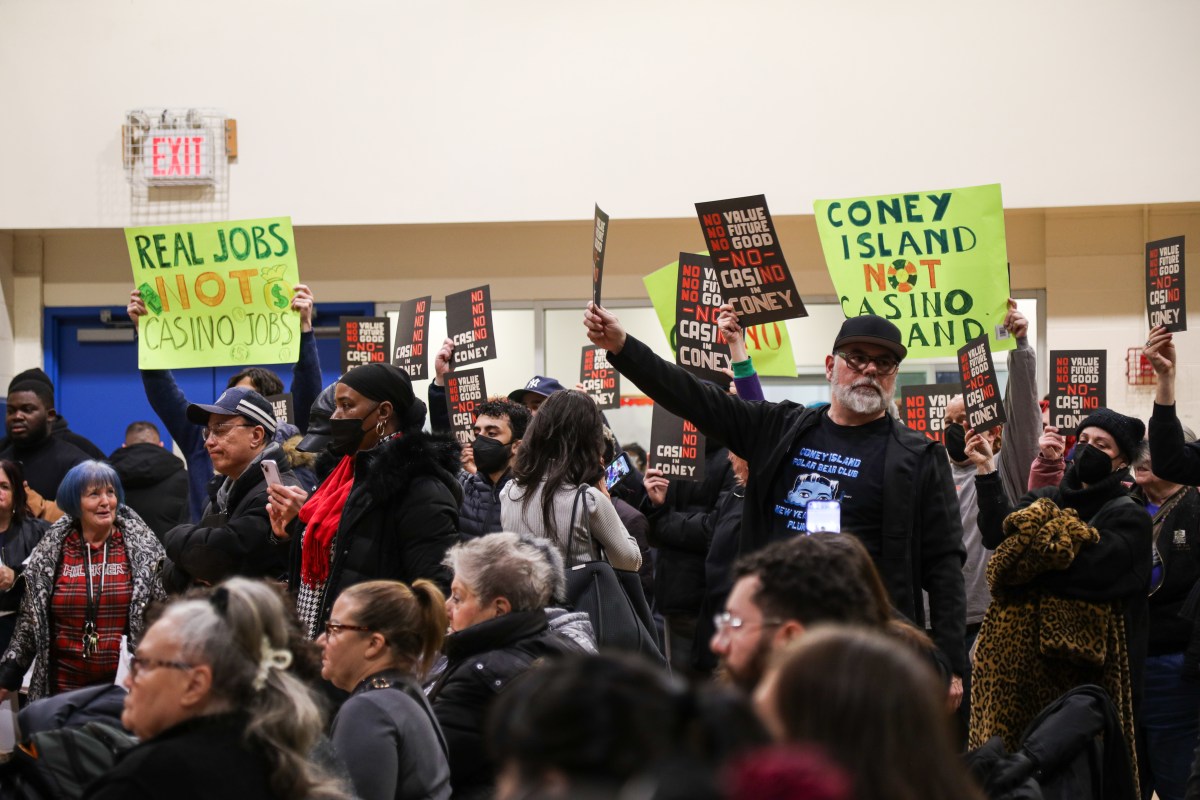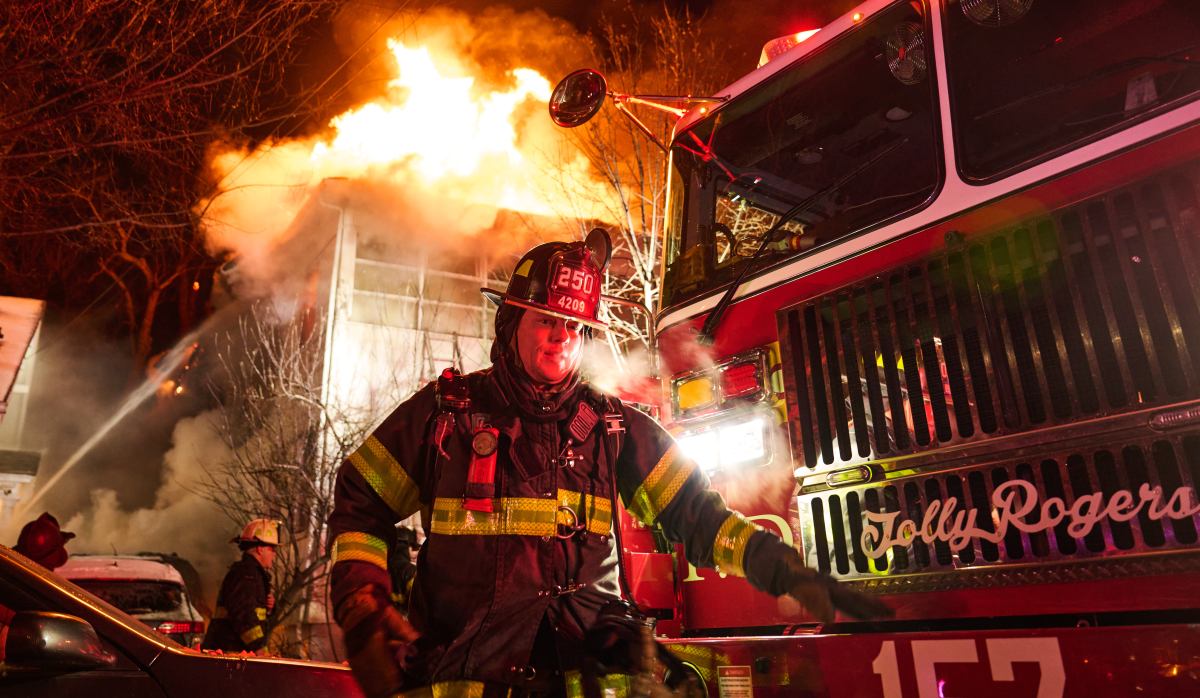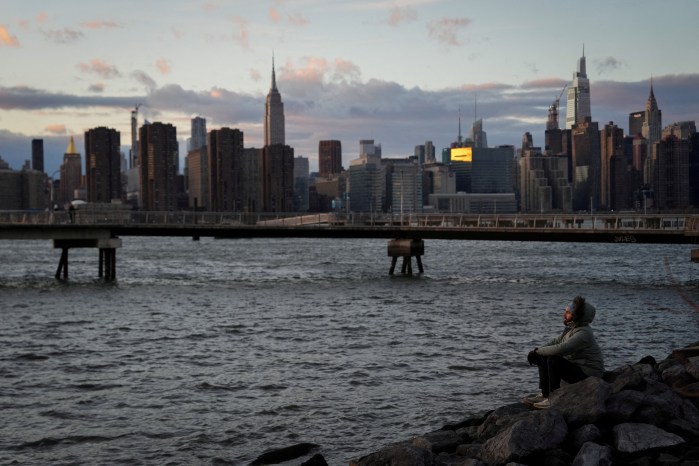
The holidays have come early for Manhattan home hunters as more landlords are offering a free month’s first rent, or no broker fee in order to unload their growing number of vacant apartments, according to a report slated for release Thursday by Citi Habitats.
And it appears those special offers won’t end when the Christmas season finishes.
The report found 51 percent of Manhattan leases signed through the real estate company came with an incentive, which is the highest rate in eight years. Vacancy in the borough has also been at an eight-year high at 2.14 percent, and those empty units are becoming a tough sell in the current economic climate, according to Gary Malin, president of Citi Habitats.
“The reality is there is a huge demand in the marketplace but it is still a money issue,” he said.
Malin said a number of factors are coming together to create the surge in incentives. The colder months are typically when the landlords take steps to fill their rentals, however there has been a recent increase in new rental units and apartments that have finished long-term renovations.
At the same time, many renters are watching their wallets due to the economic uncertainty of the market and their own roadblocks, such as student loan debt, according to Malin.
“It tells you the gap of tolerance between owner and renter is growing. Something has to give to bridge that gap, whether it is a price adjustment or an economic stimulus,” he said.
The report said the average monthly rental price in November for a Manhattan studio was $2,374 and the average three-bedroom apartment rented for $5,470. At the same time last year, studios and three-bedrooms rented, on average, $2,383 and $5,224 respectively.
Malin noted some neighborhoods had different situations when it came to vacancies. The Upper East Side, for example, had the least inventory with a 1.76 percent vacancy rate while the East Village had the most available apartments with a 2.9 percent vacancy rate.
Malin compared the numbers with the 10 percent national vacancy rate during the Great Recession.
“The reality is our market operates differently. If you owned a 500-unit building and had a 2 percent vacancy rate, you only had 10 open apartments,” he said.
Malin predicted that landlords will continue to offer incentives to renters for the foreseeable future, and, possibly, lower their rents to fill their open units.
“There has to be some sort of impetus for people to act. If owners choose to be more aggressive and offer more, the vacancy will go down,” he said.




































